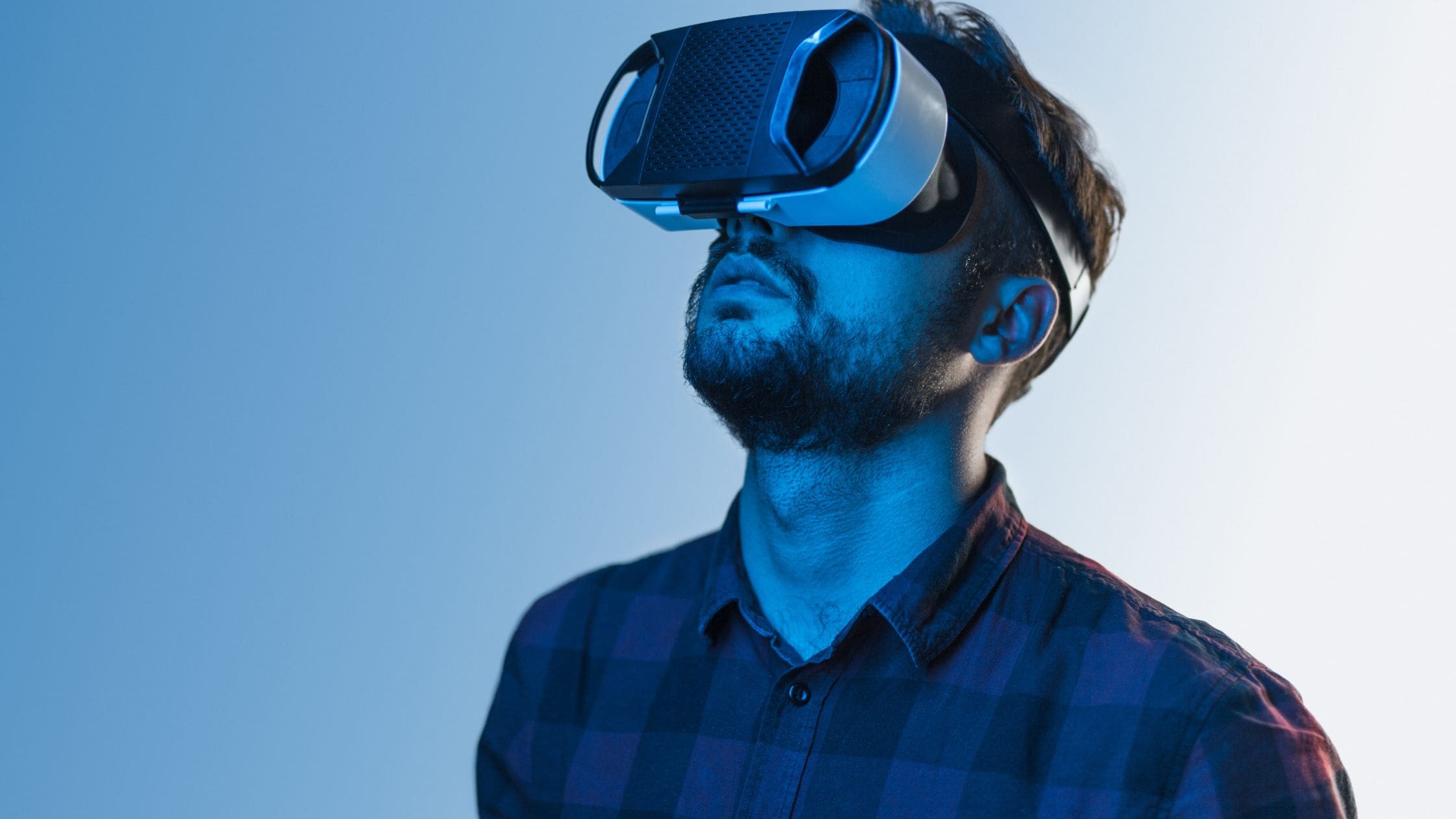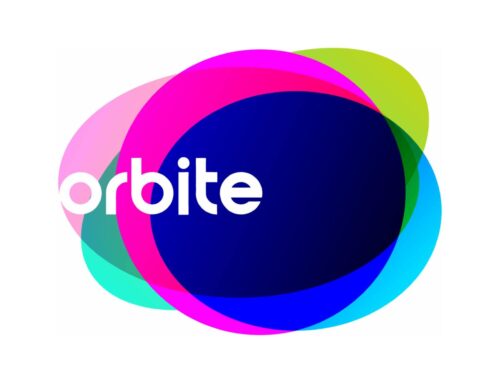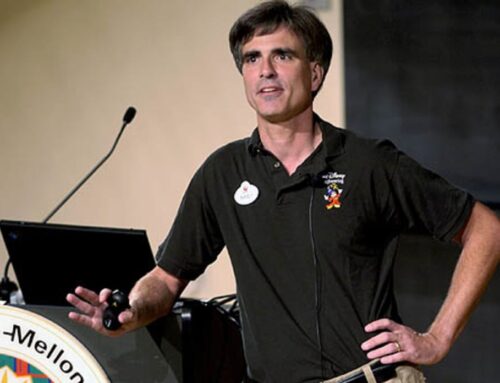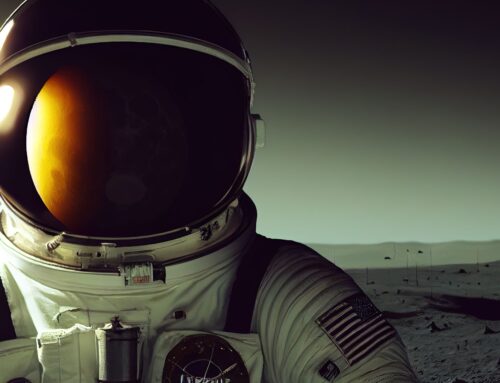Virtual reality (VR) represents a bold, highly immersive new step for modern technology, redefining our ability to vicariously convey and understand complex concepts and experiences. Arguably, the best instance of this fact is VR’s use in education, where the technology stands to augment lessons with a more vivid, pseudo-firsthand portrayal of their subject matter.
Space-related education, in particular, holds exciting potential for VR-based learning – be it in the classroom, from home, or within pre-mission training protocol. These resources will undoubtedly contribute to a greater collective knowledge of the space industry and the vast celestial bodies and events around which it is centered.
Painting a Clearer Picture
Space is a subject almost tailor-made for VR-based education, as so much of the space industry is inherently hands-on and experiential. The reality is that, as it currently stands, most people will not get to experience space firsthand (though, hopefully, that will change in time). For now, high-level emulation is a worthy substitute, and VR resources have fortunately become robust enough to deliver a quality, enriching experience.
In the classroom, VR’s educational implications for space are far-reaching. Thanks to the increasingly widespread nature of VR headsets and similar apparatuses, such tools have become more accessible and increasingly normalized in school curricula and collegiate study. In turn, lessons on space have become much more interactive, visual, and multifaceted. A growing list of space- and physics-based software now offers immersive learning pathways for students, covering topics like black hole composition, planetary observation, and life and protocol within the International Space Station (ISS).
Looking Beyond
Meanwhile, we have also created a myriad of VR uses within astronaut training and human-led missions. VR devices have aided in preparing astronauts for intricate aspects of mission protocol and the often unforgiving, unpredictable nature of zero-gravity living. Space entities have integrated these tools into their existing pre-flight protocol, taking shape as comprehensive assets like NASA’s Virtual Reality Training Lab, which uses simulated environments to create high-fidelity training experiences.
As for those already in space, VR also provides unique benefits for astronaut mental and emotional health. Astronauts must often grapple with the psychological woes of longstanding isolation and confinement, which can harm their mental readiness, reduce their quality of life, and potentially undermine mission stability and safety. VR headsets offer an intuitive solution to this issue by giving astronauts a chance to simulate stepping away from their present environment, mitigate the compounding effect of long-term separation, and simply engage with immersive, therapeutic entertainment. Recently, for instance, SpaceX brought this potential to the forefront in announcing its plans to send VR headsets to astronauts serving on the ISS.
As the space industry evolves to realize our boldest ambitions and answer our most complex questions, space education will reap immense benefits in using those breakthroughs to create equally innovative, more well-rounded lessons. VR is one prominent means of bringing this reality to fruition, suggesting a more space-savvy and inquisitive future for tomorrow’s space visionaries.






